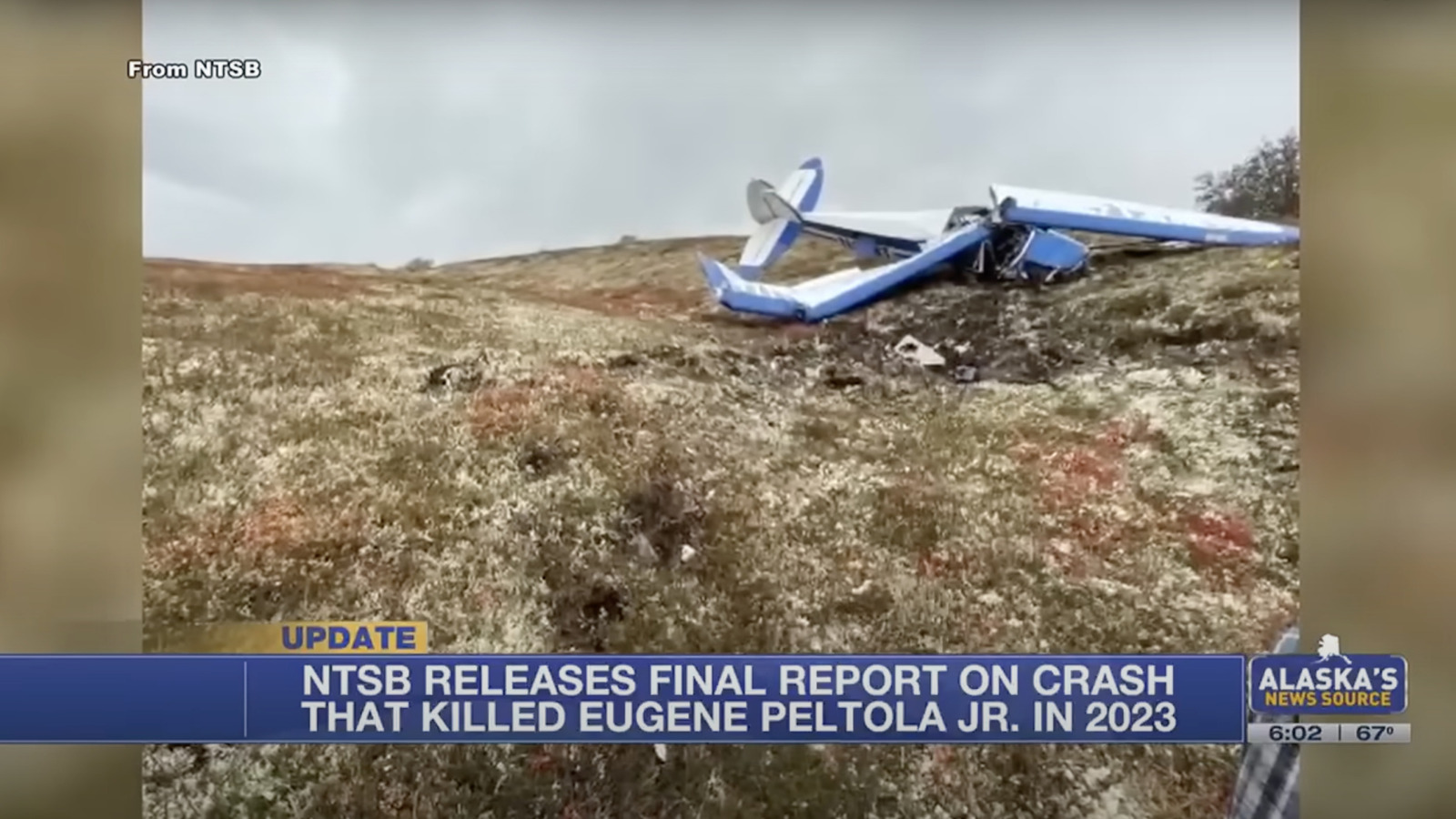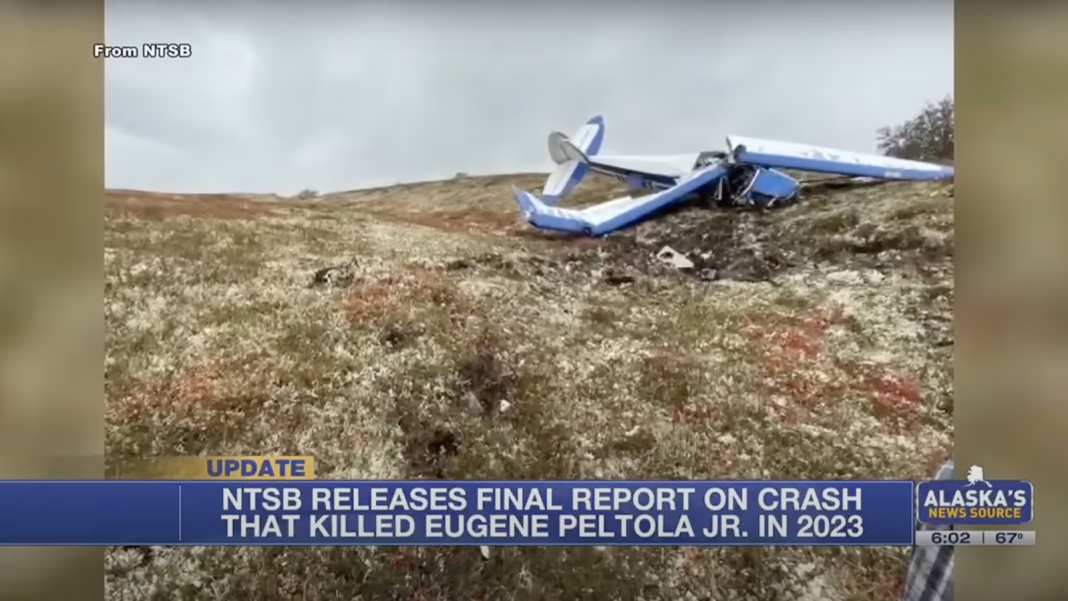What Caused the 2023 Alaska Plane Crash Involving Moose Meat?
When news broke about the tragic 2023 plane crash that claimed the life of Alaska Rep. Mary Peltola’s husband, many wondered what could have gone wrong. The National Transportation Safety Board (NTSB) has now wrapped up its investigation, and the answer is as surprising as it is sobering: the aircraft was overloaded with moose meat. This detail, while unusual, highlights a critical issue in aviation safety that’s especially relevant in remote areas like Alaska.
How Does Overloading Affect Small Aircraft Safety?
It’s easy to underestimate the impact of a few extra pounds—especially when you’re talking about a successful hunting trip and the bounty that comes with it. But in aviation, weight isn’t just a number on a scale. Every pound matters. According to the Federal Aviation Administration, exceeding an aircraft’s maximum takeoff weight can drastically reduce performance, making it harder to climb, maneuver, or even stay airborne in rough conditions.
In Alaska, bush pilots often fly into remote areas to haul supplies, game, or people. It’s a way of life. But the margin for error is razor-thin. The NTSB’s findings in this case are a stark reminder: even experienced pilots can misjudge the risks when excitement or necessity takes over. The plane in question was carrying a significant load of moose meat, enough to push it well beyond its safe operating limits. The result? The aircraft couldn’t maintain altitude, leading to a fatal crash.
What Are the Real-World Pressures Pilots Face in Alaska?
If you’ve ever spent time in rural Alaska, you know that flying isn’t just a convenience—it’s often a necessity. Roads are scarce, distances are vast, and weather can change in a heartbeat. Pilots are sometimes pressured to make “just one more trip” or to bring home a big haul after a successful hunt. There’s a culture of self-reliance and resourcefulness, but also a temptation to push the envelope.
A 2022 study published in the Journal of Aviation Safety found that nearly 20% of general aviation accidents in Alaska involved some form of overloading or improper weight distribution. That’s double the national average. The reasons are complex: limited resources, unpredictable weather, and the high cost of multiple flights all play a part. It’s not just about ignoring the rules—it’s about real-world trade-offs that can have deadly consequences.
How Can Pilots and Passengers Prevent Overloading Accidents?
So, what’s the fix? It starts with awareness and honest conversations. Pilots need to know the exact weight of everything on board—not just passengers, but cargo, fuel, and even hunting trophies. Modern digital scales make this easier than ever, and many aviation organizations in Alaska now offer training and resources to help pilots make safer choices.
There’s also a growing push for community education. Local flying clubs and safety groups are encouraging hunters and travelers alike to ask questions before loading up: Is this too much? Can we split the load? Is it worth the risk? Sometimes, the best decision is to leave a little behind and come back for it later.
What Lessons Can the Broader Aviation Community Learn?
This crash isn’t just an Alaska story. It’s a wake-up call for anyone who flies small aircraft, whether for work or adventure. The NTSB’s report is a reminder that safety margins exist for a reason, and that even seasoned pilots can fall into the trap of “just this once.”
Aviation experts like Dr. Sarah Johnson, a professor at Embry-Riddle Aeronautical University, emphasize that overloading is one of the most preventable causes of accidents. “It’s not about skill or experience,” she notes. “It’s about respecting the physics and the numbers every single time.”
The big takeaway? Aviation safety isn’t about perfection—it’s about smarter adjustments. Start with one change this week, and you’ll likely spot the difference by month’s end. Whether you’re a pilot, a passenger, or just someone curious about what really happened in that Alaska crash, remember: every pound counts, and every decision matters.


